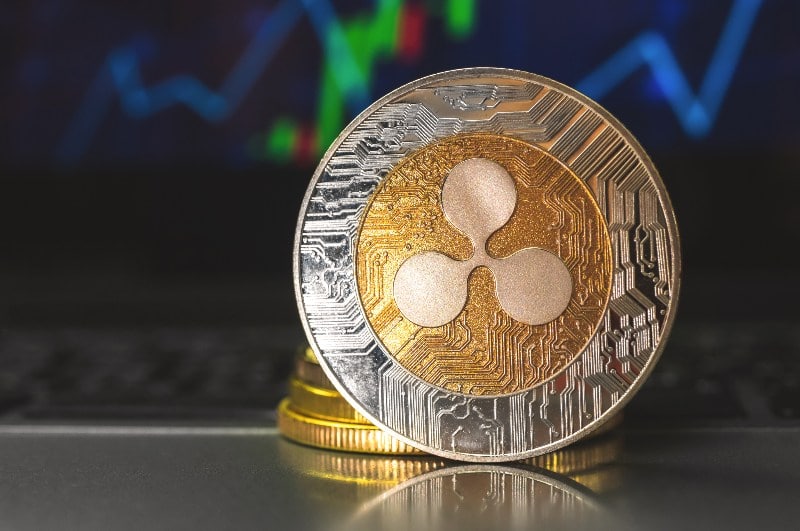After the SEC likened Ripple’s case to the Fife case, the response from the crypto company was soon forthcoming.
Summary
The Fife case: Ripple’s response to the SEC
Ripple’s response to the SEC’s Fife case was published on Twitter by attorney James K. Filan, who published the response that Ripple sent to Judge Analisa Torres of the Southern District of New York.
The note reads:
“The question before this Court arises in a completely different procedural posture: whether Ripple’s Answer plausibly sets forth a cognizable legal theory for its affirmative defense, such that it should be permitted to develop evidence and present the defense on a more complete record”.
The concept of fair notice
The key difference between the Fife and Ripple cases is that they both rest their defence on the concept of fair notice. The SEC, in both cases, should have intervened in due time to notify both that they were selling something that needed authorization.
But the whole defence of the Fife case is based on the concept of fair notice, whereas for Ripple the issue of fair notice does not preclude the presentation of further evidence to prove the conduct followed when the XRP tokens were sold.
Therefore, according to Ripple’s defence:
“Fife does not support the SEC’s motion to strike Ripple’s affirmative defense that it lacked adequate notice that XRP was an investment contract. The court in Fife determined only that it would not, at the pleading stage, dismiss the SEC’s adequately pleaded complaint on the basis of the defendants’ due process challenge”.
The defence argument concludes as follows:
“Even if Fife – an out-of-circuit decision that is not binding on this Court – supported the SEC’s position (and it does not), that still would do no more than create a “disputed or substantial issue of law” requiring denial of the SEC’s motion to strike”.
In essence, for Ripple, the Fife case should not affect the ongoing process, which indeed should go to the heart of the matter and not just judge a previous ruling.
XRP as a security
In the Fife case, the defendant in the trial was accused of running five companies that bought shares on behalf of their clients after purchasing penny stocks, without having the appropriate licence. The case of Ripple is different: the company is accused of selling XRP tokens that were judged to be security.
So in one case, the stock (security) is there, in the other it is not, or rather, it is the sale of a token on the blockchain that the SEC has judged to be security. Ripple’s thesis is that if XRP is a security, so are Bitcoin and Ethereum, and even more so Ethereum, which was initially financed by an ICO.
When the matter reaches a conclusion, the position of the US authorities vis-à-vis cryptocurrencies will become definitively clear. A ruling one way or the other can only guide the jurisprudence and define a clearer framework for the regulation of cryptocurrencies.

The price of XRP
In the meantime, XRP does not seem to care about the uncertainties surrounding its future due to the lawsuit with the SEC. On the contrary, Ripple’s cryptocurrency seems to be following the trend of the crypto market and after a turbulent week, it is now gaining 2.3%.
XRP is now worth $0.76, down 8% on a weekly basis. The cryptocurrency however, despite the bull run of the market in 2021, failed to set new records and “only” went up to $1.96, half of the $3.84 touched in January 2018.



